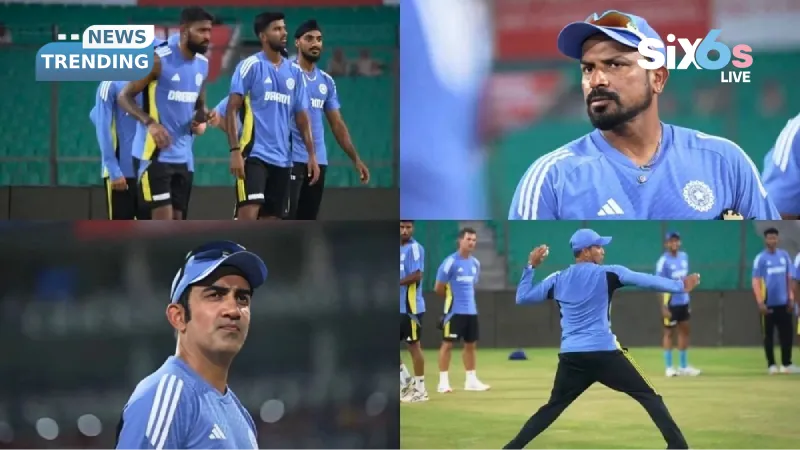A paradox is forming in Indian cricket at the moment. The world’s best Twenty20 International team, having swept the Asia Cup, has a fielding performance that is far below its Twenty20 International team status. India has had the worst catch percentage since January 2025 at 82.7%, with India being ranked behind four other full members, and this number would have made the late Jonty Rhodes quietly cringe in the field. They dropped 12 balls in Dubai alone, which was the highest total of all teams at the Asia Cup they otherwise won easily.
India’s T20 revolution does not appear to be solely based on how many boundaries are hit or what type of bowling matchups there will be in each game. The revolution appears to be about changing energy levels – converting fielding from something one does to something that can be experienced together.
The Mood Board of Modern Fielding
India’s fielding is evolving to be as much psychologically driven as physically driven by Suryakumar Yadav. The days of simply measuring how many dropped catches you had are gone. We’re now focused on creating a “belief density” SKY sees the game through human eyes, and states, “cricket fielding is the only department where all eleven players on a team are ‘together’ on the field”. This statement is both poetic and tactical.
Although this movement is not completely new to Indian Cricket (Virat Kohli pushed for “intent” and athletic pride), there is a difference in the way Surya Kumar Yadav has pushed the “culture of fielding”, less commanding, more connecting with his teammates. Surya Kumar Yadav believes “the fun one experiences will reflect when they experience pressure” — which is not only a common phrase in the locker room but also a principle in sports psychology. Research shows that the teams that maintain a positive state during high-pressure situations have quicker reactions and better coordination — two of the most critical aspects of success in the fast-paced and split-second environment of T20 fielding.
When Fielding Becomes a Force Multiplier
The bigger idea behind Sky’s argument is that world-class fielding can “win” matches when batting and/or bowling do not perform as well. The history of cricket supports this idea. One can think of several examples, like Ravindra Jadeja’s run out of Glenn Maxwell during the 2019 ODI World Cup, or Rinku Singh’s rocket arm that was able to catch a high-speed shot from Australia last year. Since the margins in the T20 format are so small (molecular), one direct hit (run out) can save 20 runs and result in winning a match.
Teams since 2022 that have achieved a fielding efficiency rate of 85% or better have won 68% of their T20I matches. At 82.7%, India’s fielding efficiency rate does not appear to be terrible; however, at the World Cup level, a difference of 2-3% in fielding efficiency could mean the difference between being a champion and a semi-finalist. Sky’s emphasis on “intent” (“how much you want the ball to come to you”) illustrates what makes a great fielder different from an average fielder. A great fielder does not wait for the moment; he creates the moment.
The Silent Message Beneath the Smiles
It is a very important distinction between positivity and denial, as Sky knows the numbers and simply does not want the numbers to control the story. What I find so subtly brilliant about this reframing is changing the language: “We are dropping catches” to “We are building belief.” This idea could potentially reframe both India’s fielding and how India views its own errors.
As we know, sometimes transformation in cricket is not due to improvement in technical aspects of play, but rather a change in attitude/tonal view. Therefore, if “mahaul” becomes India’s new motto, perhaps the world will come to realize that Spirit, Not Statistics, Is Their Most Deadly Weapon.
Ultimately, whether India will have what is needed to successfully defend their T20 World Cup title will rely as much on the distance they dive for as on how many sixes they hit in the competition. While it is true that SKY’s “mahaul” method of dealing with errors is not based on ignoring that you made a mistake, it is rather centered around creating an environment where players can be as confident as their batsmen and disciplined like their bowlers, while still being willing to make errors. Even if the occasional catch drops, there appears to be no doubt that the energy will be there.
Key Takeaway:
India’s next big tactical edge might not come from data or selection — but from the contagious energy they create in the field.
Stay updated on the latest cricket news and exciting updates at Six6slive. Dive into our in-depth articles and analyses to connect with the action today!
